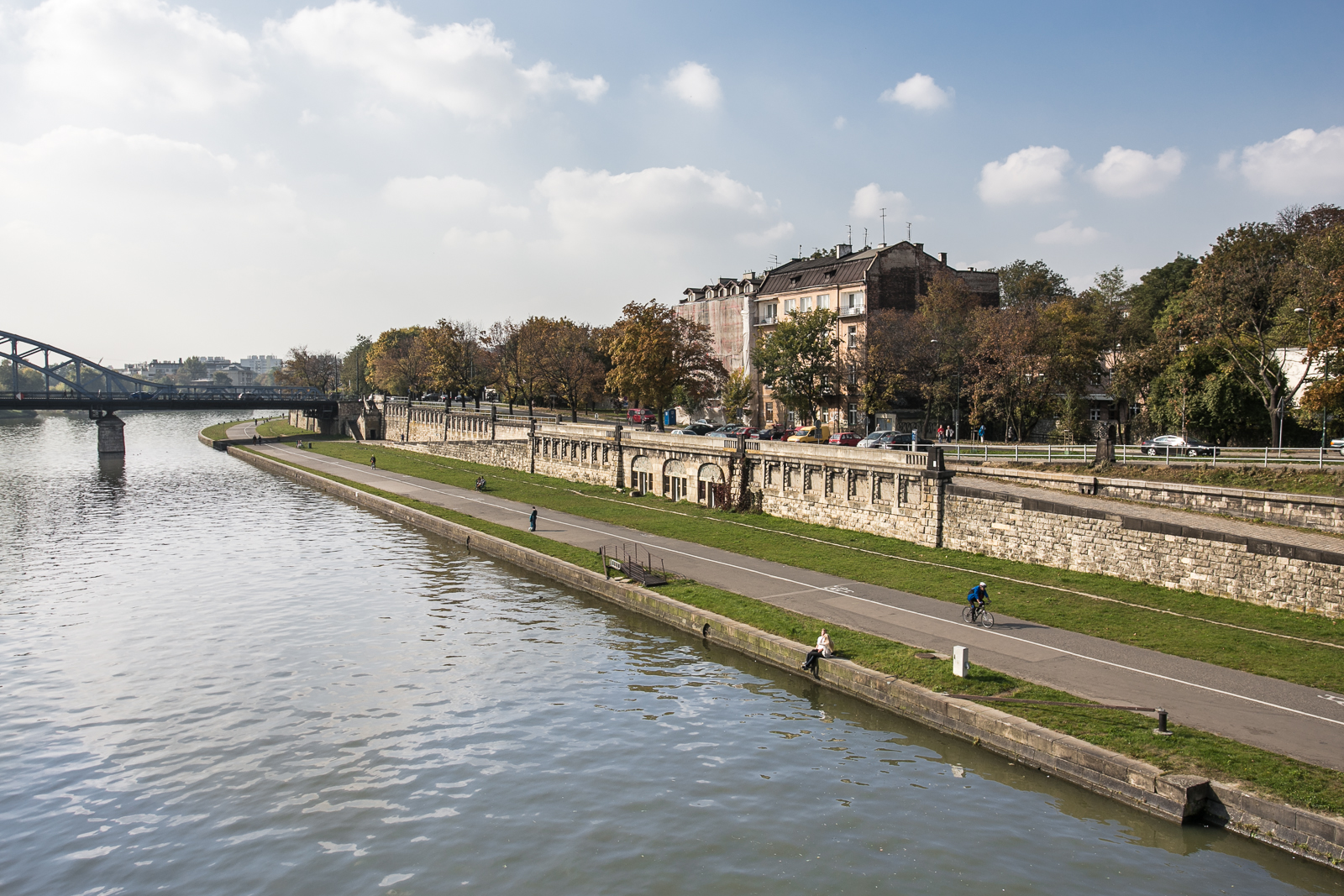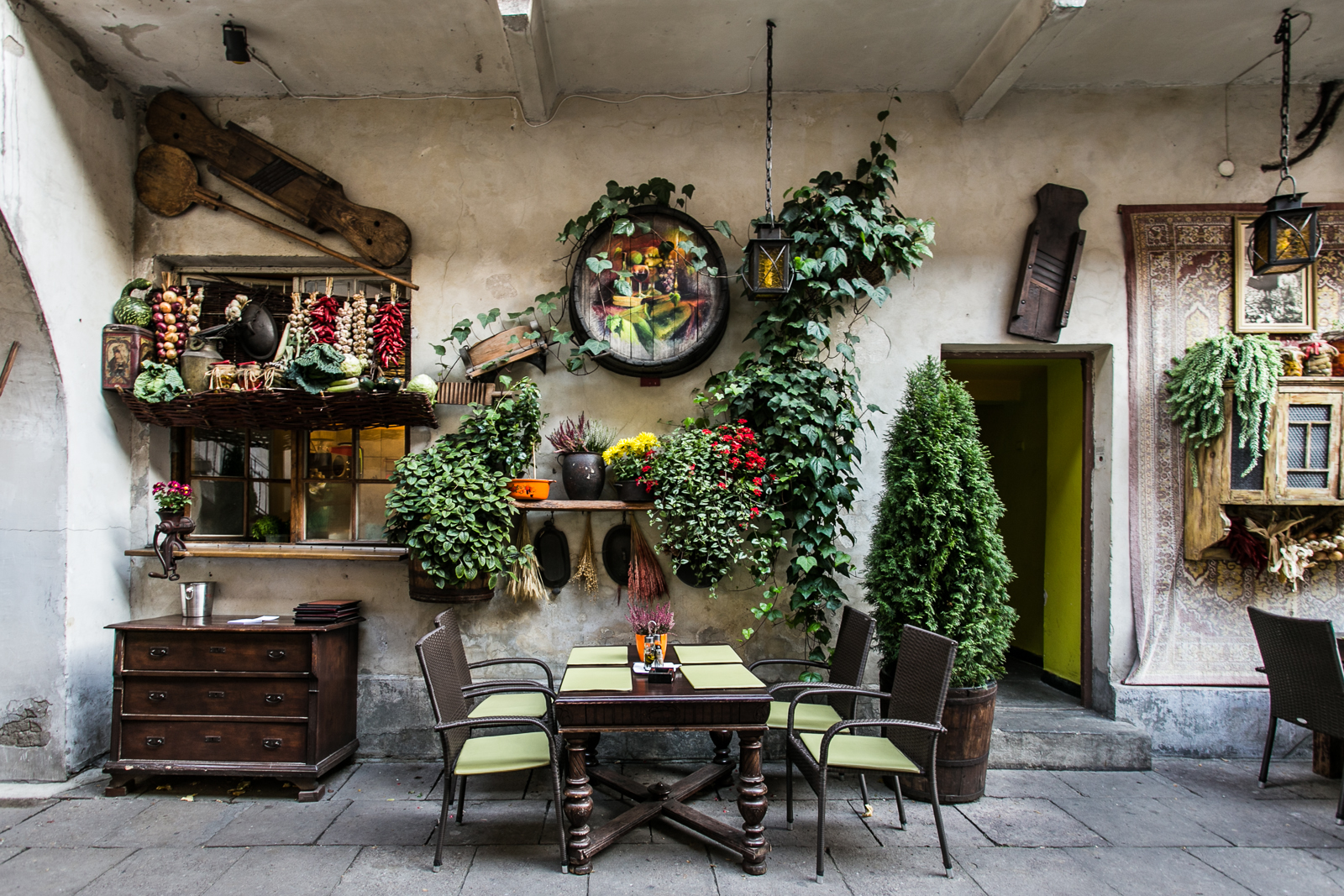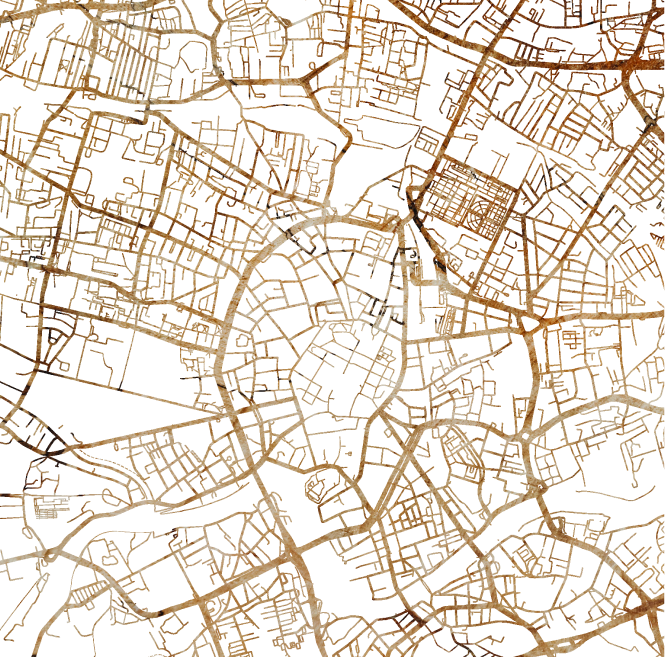Kazimierz - beloved both by Cracovians and tourists
This district is the real heart of Krakow - beating 24/7 thanks to hundreds of cafes, bars, restaurants and an extremely rich and varied history.
Based in Kraków, Poland
Based in Kraków, Poland
General Info
Starting life several hundred years back, Krakow’s former Jewish Quarter was left hollowed out by the Holocaust. In the decades after, it was left to decline and earned a reputation as a rough part of town. Only after the political transition was this course corrected; spurred by a wave of Schindler’s List tourists, the area dusted itself down and reveled in its newfound reputation as a place frequented by more alternative-minded tourists. Foggy, artsy bars flourished, so too did experimental galleries, dusty antique stores and maverick music venues. That these were housed in shabby pre-war tenements gave the area a distinctly atmospheric energy that seduced all who visited. Paired with a revival of Jewish life, it became an area that bridges culture and history with late nights and good times. Though heavily gentrified since this heyday, it has done well to retain that heady atmosphere and for many this has become their favourite area of Krakow. Featuring a thriving bar, restaurant and café scene, it is in Kazimierz where Krakow truly comes alive.
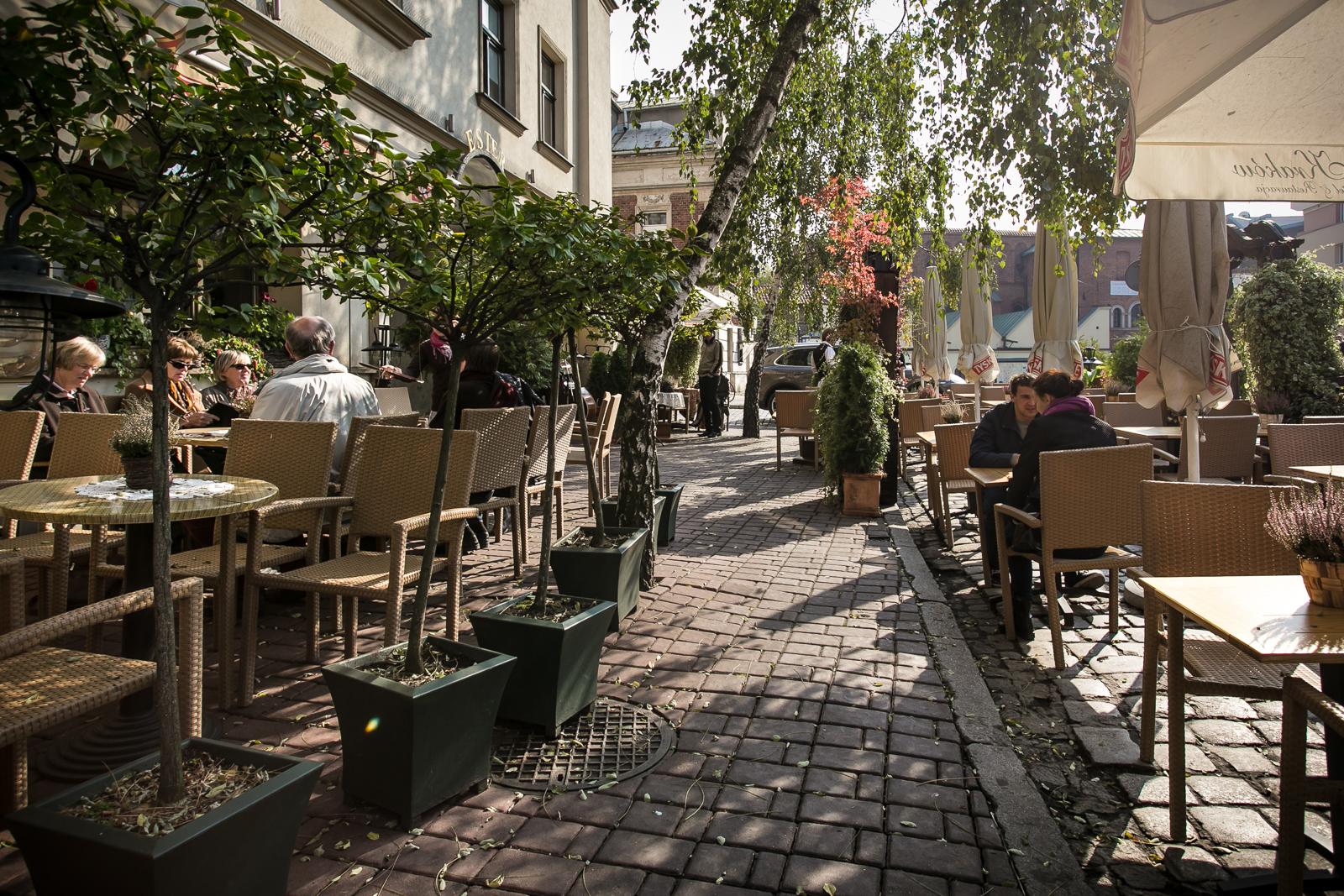
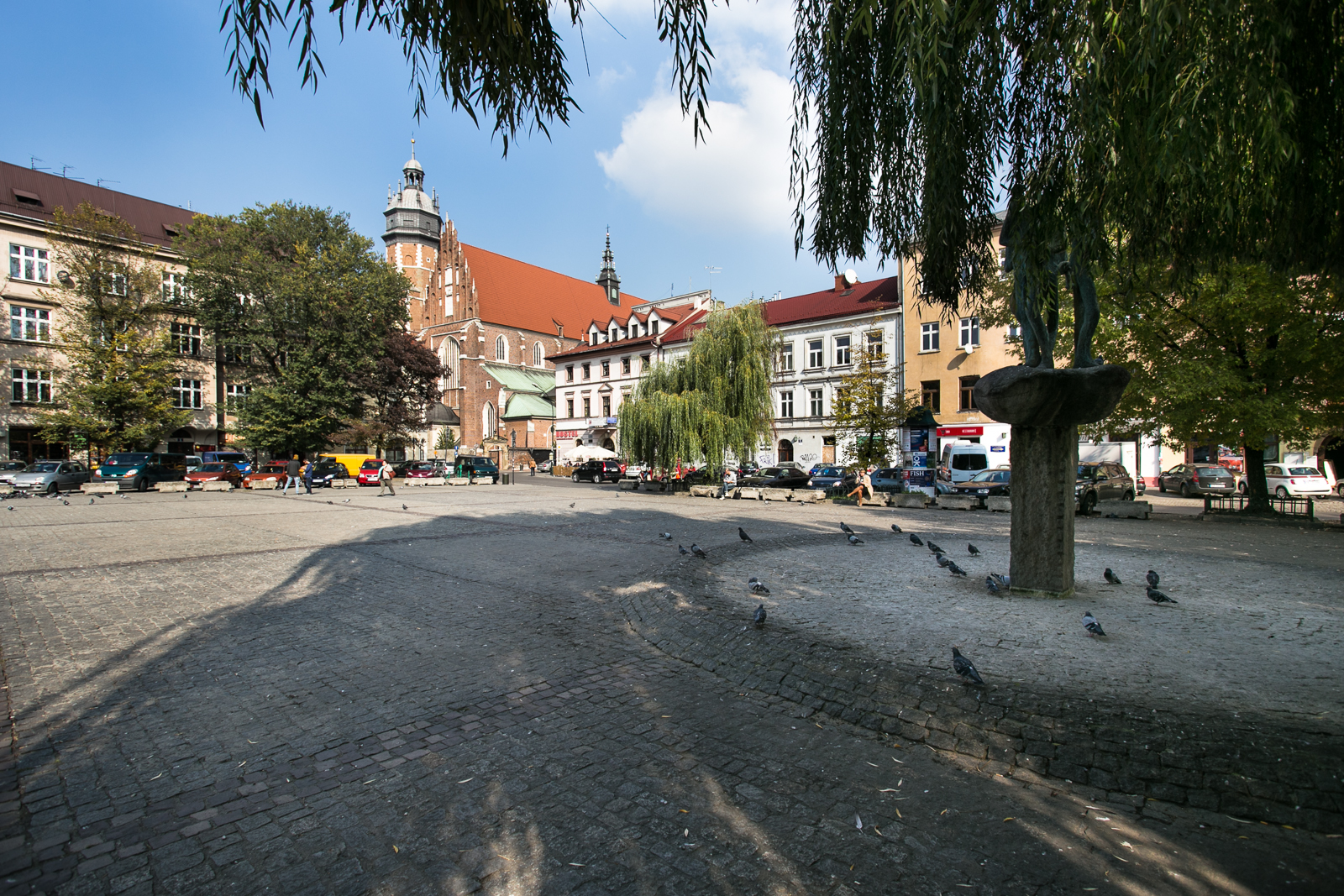
Architecture & Property
Much of the area’s appeal stems directly from the atmosphere generated by its tight tangle of streets. Often lined with pre-war tenements in varying stages of renovation, historic synagogues and, occasionally, Catholics landmarks such as striking Gothic churches, it is impossible to escape the area’s storied past. Most apartments occupy pre-war buildings, many of which now bear the marks of meticulous renovation. However, where space has allowed highly reputable new build complexes have been delivered – Miodowa 33 and Wawrzynca 21 serve as prime examples of this.
Architecture & Property
Much of the area’s appeal stems directly from the atmosphere generated by its tight tangle of streets. Often lined with pre-war tenements in varying stages of renovation, historic synagogues and, occasionally, Catholics landmarks such as striking Gothic churches, it is impossible to escape the area’s storied past. Most apartments occupy pre-war buildings, many of which now bear the marks of meticulous renovation. However, where space has allowed highly reputable new build complexes have been delivered – Miodowa 33 and Wawrzynca 21 serve as prime examples of this.

Green & Recreational Areas
Though dominated by low-lying
architecture, Kazimierz can feel high-density due to the number of narrow
streets and high headcount of visitors. This, though, is well alleviated by the
riverside where greenery and parkland stretches out in front of the waters
edge. Popular with joggers, families and recreational cyclists, this area
provides a welcome tonic to the clang and clatter experienced in the district’s
more central areas. Not to be overlooked, the ancient Remuh Jewish cemetery is
a touching experience that feels frozen in time.
